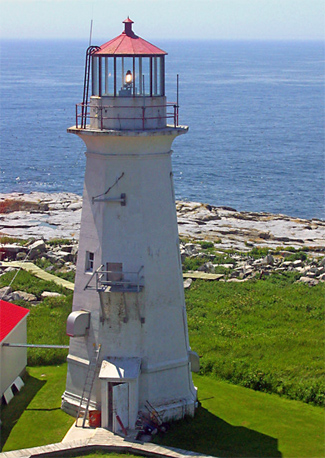VTKilarney
Well-known member
I've always wished that there was a road that crossed that part of Vermont. It would be cool to say that you drove through Vermont in just a few minutes.Another geographical oddity: on the Poultney River, north of Whitehall, you can stand in NY and look off towards the West and be looking at Vermont.


